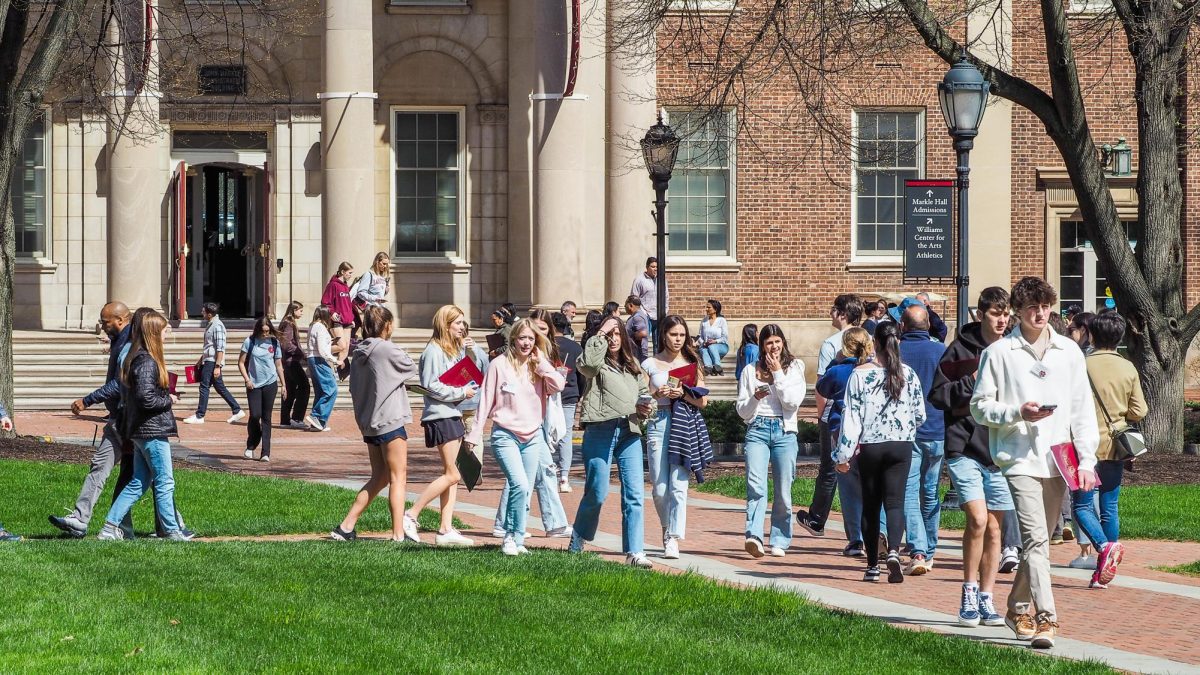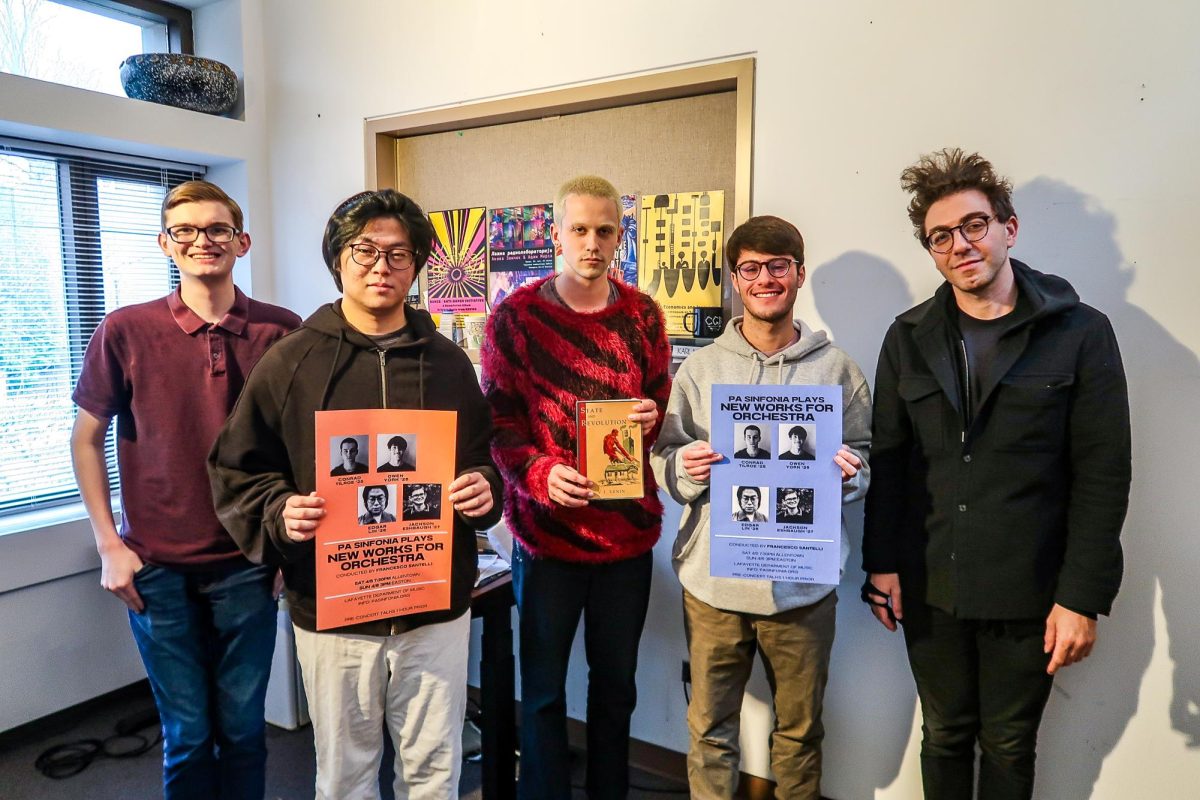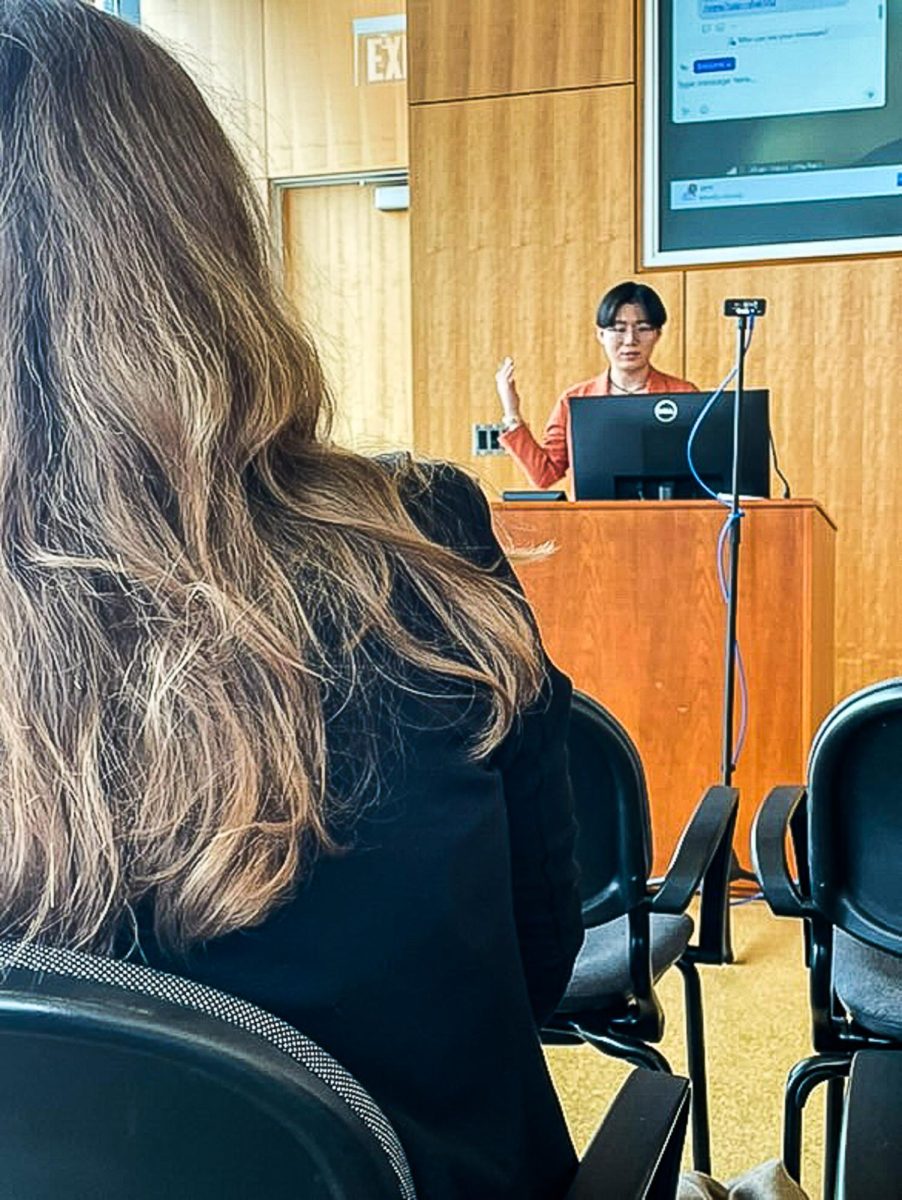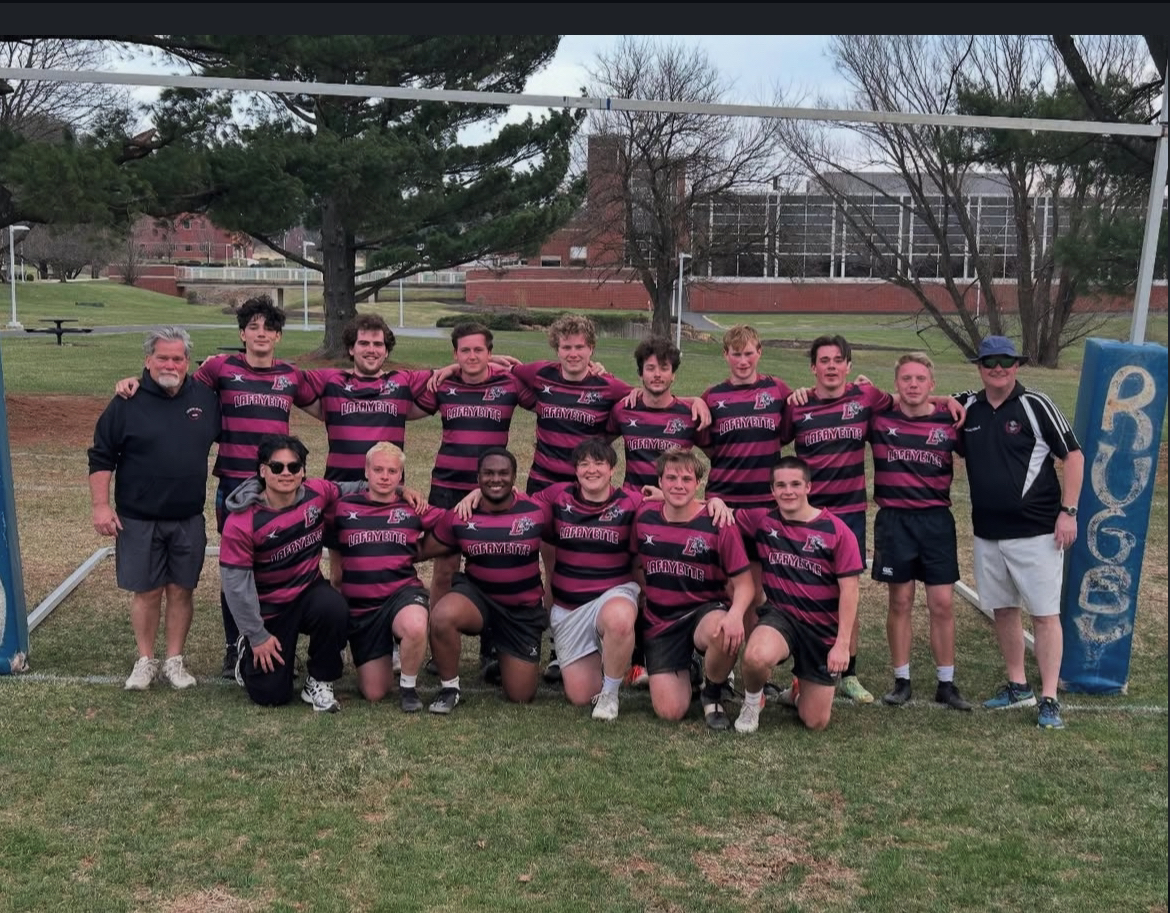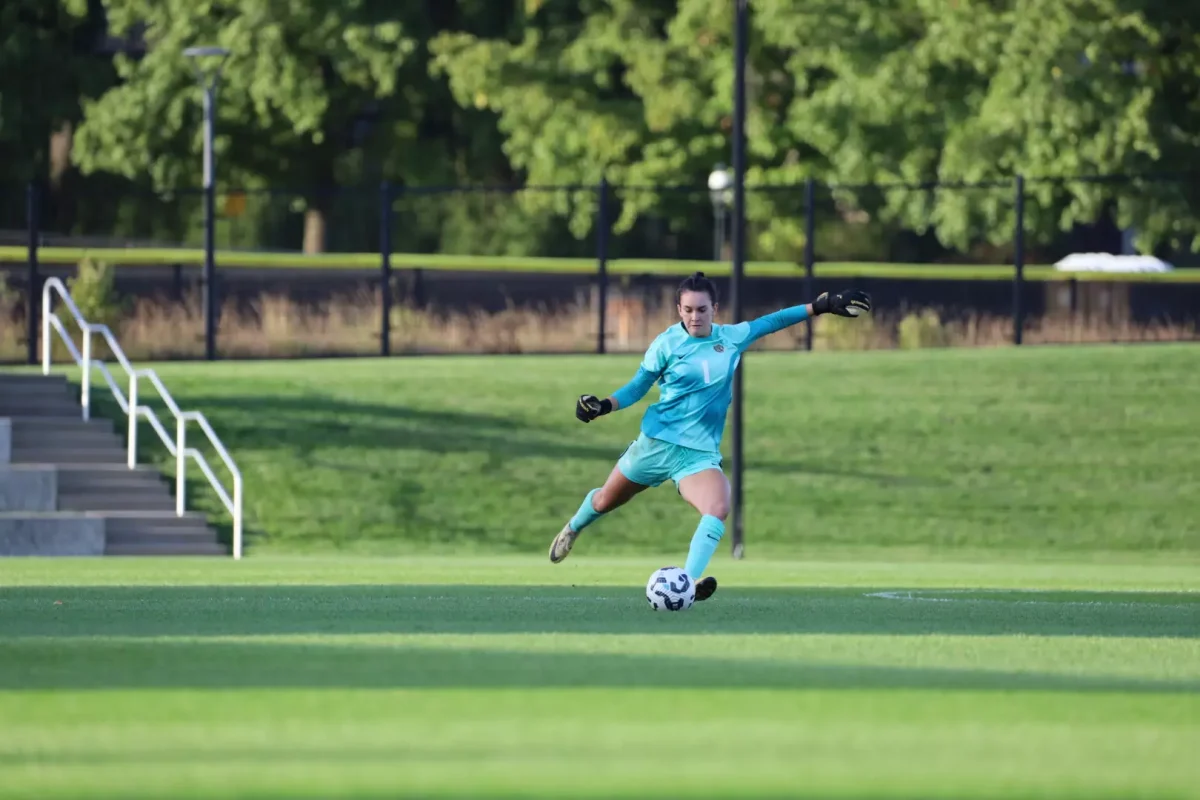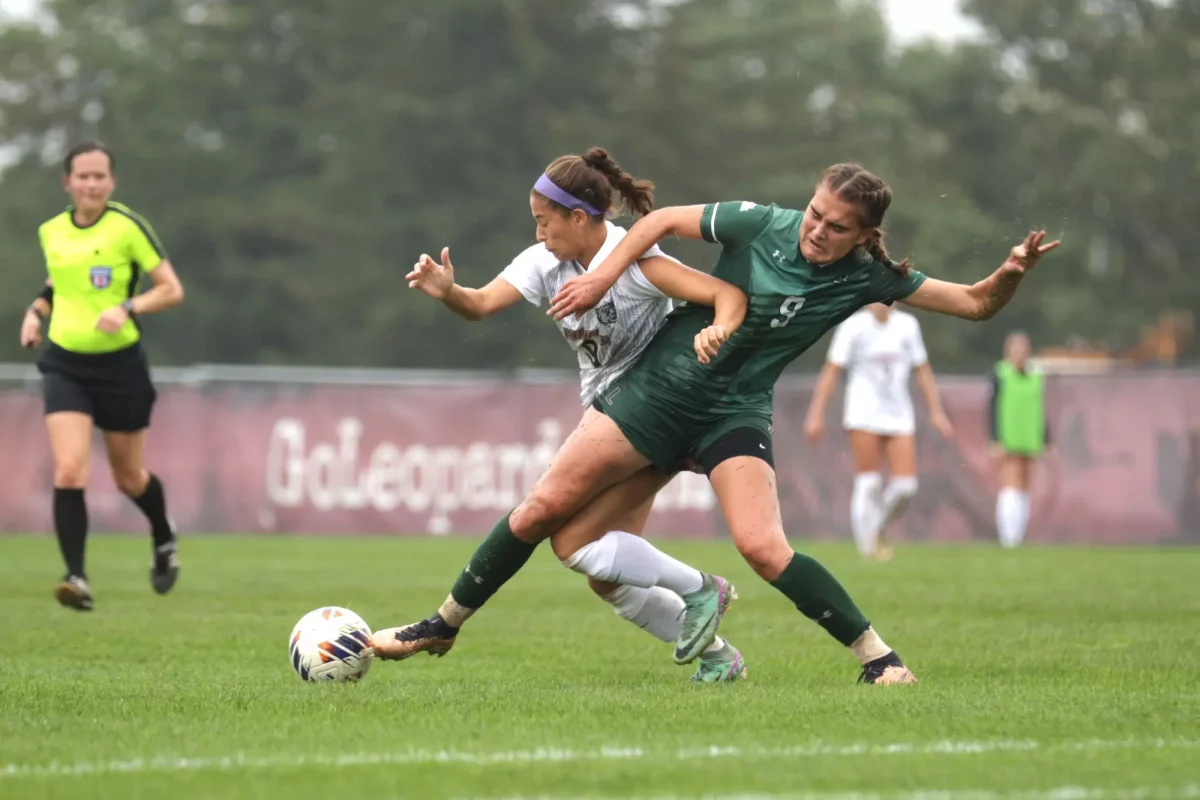Some say the best art has an effect on the body. In his exhibition currently being shown at Lafayette, artist Emilio Rojas takes this to the next level, showcasing the tattooed art on his own body.
Rojas is a multidisciplinary performance artist from Mexico. Much of his work pertains to his Mexican identity, specifically in relation to the United States and U.S.-Mexico border.
The exhibition displayed at Lafayette, “tracing a wound through my body” (stylized as “tracing a wound through my body”), is a survey of Rojas’s work over the last decade. According to Reyes, the title “is really based on the notion of the border as a wound, an open wound, between the U.S. and Mexico.”
“‘Tracing a wound through my body’ specifically reexamines the instrumentalization of Rojas’s body within his practice and also reckons with the compounded political and colonial traces impressed upon marginalized bodies, abstracted geopolitical territories, public monuments and collectivities,” Laurel McLaughlin, a guest curator working on the exhibition, wrote. “For Rojas, such reckonings render palpable what Chicana, queer and feminist theorist and poet Gloria E. Anzaldúa acknowledged as ‘heridas abiertas,’ or ‘open wounds,’ with the potential for healing.”
“Rojas has had a really interesting career as a young artist. He was featured in an art festival in Spain and he’s been in a couple of bi-annuals and fairs, and so he’s sort of an emerging artist to look out for. I feel like his career is really going to take off,” Ricardo Reyes, director of galleries at Lafayette and curator for this collection, said.
Parts of the exhibition are being displayed in multiple locations around campus. The main exhibition is in Grossman Gallery and Williams Visual Arts Center. There are two additional pieces in Skillman Library, one in Farinon Student Center, one in the lobby of the Williams Center for the Arts and one in the guardhouse at the west entrance of campus. The exhibition guide in Grossman Gallery provides a map that catalogs all this information.
“We wanted to create the sense of movement across space, creating traces throughout campus as viewers encountered the exhibition,” McLaughlin wrote of the choice to include the exhibition throughout multiple galleries across campus.
The signature piece of this exhibition is “Heridas Abiertas,” a piece Rojas has performed every year since 2014, consisting of Rojas getting a tattoo of the U.S.-Mexico border down his spine without ink.
There are also many performances and events accompanying the exhibition, including a screening entitled “Incarnations,” which will feature Rojas’s early performance films. Additionally, there will be performances by Rojas at Skillman Library alongside Jason de León’s work, Hostile Terrain, as well as a Zoom conversation between Rojas and artist Laura Larson and an artist lecture by Rojas.
Reyes explained that several of these events are called “activations,” because the artist comes to campus and interacts with, or activates, the space with a performance. He emphasized hope that Lafayette students “become part of the conversation and address the ideas of international borders, geopolitical borders and physical borders and how this affects a contemporary life.”
“Through artwork, through design, through performances, film, videos, through the visual world, hopefully, you can have a discussion about our world,” Reyes said.
McLaughlin echoed these sentiments, encouraging students to use the exhibition as an opportunity to challenge preconceived notions about the U.S.-Mexico border.
“I hope that Lafayette students will be able to really rest alongside and simultaneously wrestle with this nuanced work from Emilio. I hope that they will question what they know about borders, community, care and that which is left behind,” McLaughlin wrote.
The exhibition will be on display at Lafayette until Nov. 13. After that, it will travel to other hosting venues beginning in the fall of 2022. All installations, events and performances are free and require no registration.
“[Students] will be able to see amazing work by a performance artist who is established in the field and is doing phenomenal work. The students will be seeing really, really amazing art that people would pay to see in the gallery but you can just see here for free,” said Anastasia Shakhurina, CaPA scholar who has been helping with preparations and advertising for the exhibition.


